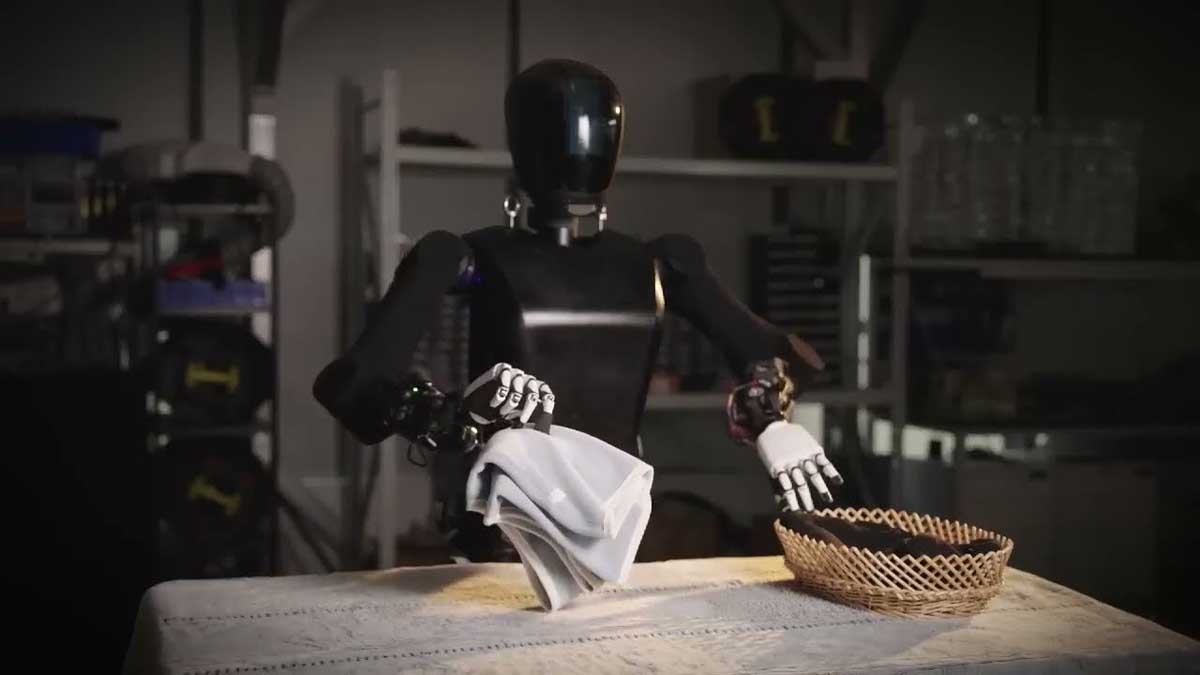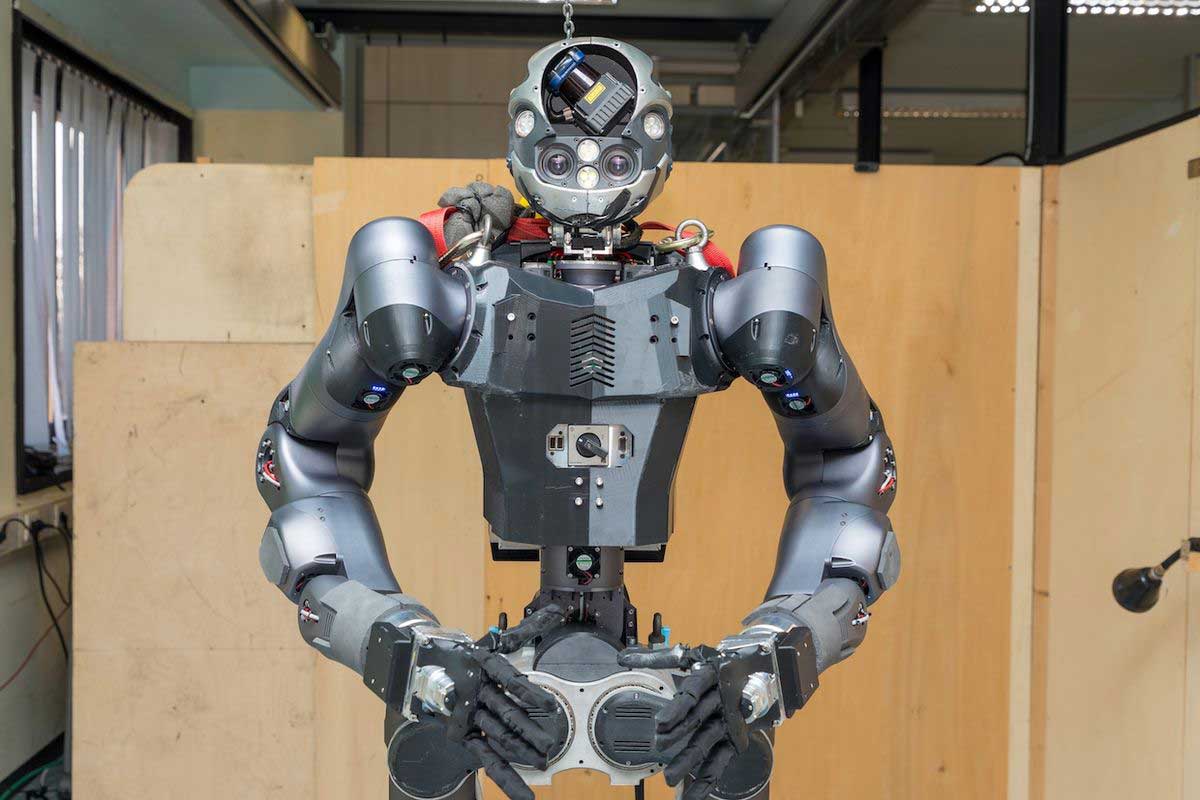The landscape of robotics is constantly evolving, pushing the boundaries of what machines can achieve. Enter Apollo, a groundbreaking humanoid robot designed by Apptronik, poised to revolutionize industrial environments and potentially reshape our future.
Standing tall at 5 feet 8 inches and boasting a 160-pound frame, Apollo is more than just an impressive feat of engineering. It’s a versatile machine engineered to seamlessly integrate into human workspaces. Unlike its bulkier, industrial robotic counterparts, Apollo possesses a human-like physique, enabling it to navigate spaces designed for us and utilize existing tools and equipment. This adaptability grants it access to a wider range of tasks compared to traditional robots.
But Apollo’s capabilities extend far beyond its humanoid form. Equipped with dexterous hands, advanced stereo vision cameras for spatial awareness, and intuitive software, it can perform various tasks with impressive dexterity and efficiency. Imagine a tireless worker capable of unloading trucks, climbing stairs, and manipulating objects with human-like precision. That’s the potential of Apollo, designed to handle physically demanding and repetitive tasks often associated with high injury rates and worker fatigue.
However, Apptronik envisions Apollo as more than just a replacement for human labor. The company emphasizes its collaborative nature, designed to work alongside humans rather than against them. Its friendly appearance, featuring a sleek head with glowing eyes and a pixelated mouth, aims to foster human-robot interaction and minimize any sense of unease. This collaborative approach opens doors for applications beyond manual labor, such as assisting with assembly lines, providing support in hazardous environments, or even offering companionship in healthcare settings.
The potential impact of Apollo on various industries is vast. Warehouses and manufacturing plants stand to benefit from its automated capabilities, improving efficiency and reducing injury risks. Construction, oil and gas, and even elder care could see applications for this versatile robot. As Apptronik targets commercial availability by the end of 2024, the implications of Apollo extend beyond individual industries, potentially influencing labor dynamics and prompting discussions about the ethical considerations of robot integration into our society.
While the future of humanoid robots like Apollo remains unwritten, one thing is clear: they represent a significant leap forward in robotic technology. With its blend of human-like design, advanced capabilities, and collaborative approach, Apollo has the potential to redefine our understanding of robots and pave the way for a future where humans and machines work together in harmony. Whether it becomes the “iPhone” of robots as Apptronik suggests, only time will tell. But one thing is certain: Apollo marks a turning point in robotics, and its impact is set to be felt across various industries and societies for years to come.





Leave A Comment